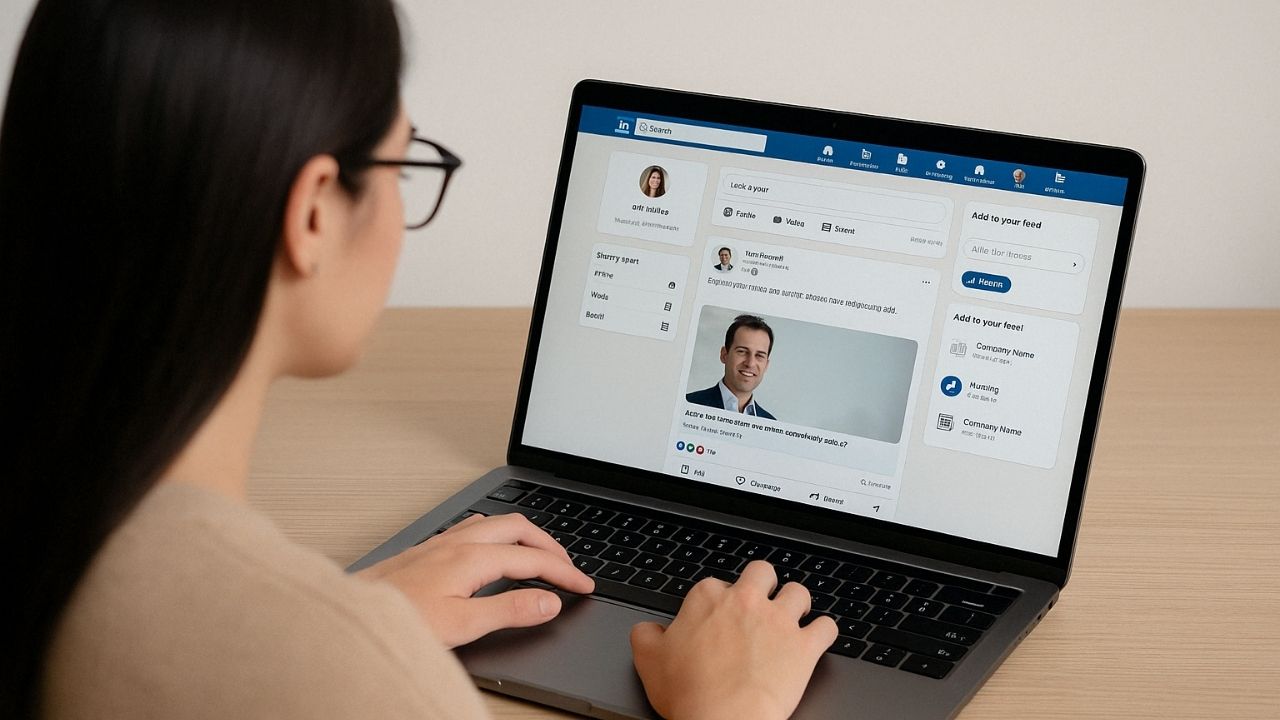The WSJ reports that Disney raised prices and it might have been a mistake. I share that often times raising prices is a good thing and ensuring you price at a premium. However, sometimes you’re prices can be TOO high and hurt your business. How do you know if you’re prices are too high?
Pricing is a crucial factor to consider when it comes to running a business. A common mistake entrepreneurs make is inflating their prices too high, causing them to lose customers. It’s important to understand what the market can bear, what your competitors charge, and whether it’s the right time to raise prices. How you communicate your price changes also plays a vital role in retaining your customers.
What can the market bear?
Knowing what the market can bear is the first step in setting your prices. Understanding the demand and supply dynamics of your industry can help you determine the maximum price that your customers are willing to pay for your product or service. Overpricing can lead to customers seeking out competitors, while undervaluing your product or service can leave money on the table.
What are your competitors charging?
Monitoring your competitors is another important factor to consider when setting prices. Knowing what your competitors charge for similar products or services can help you benchmark your prices. Setting your prices too high or low compared to your competitors can impact your pricing strategy, resulting in losing customers to competitors who are more competitive with their pricing.
Related: Your Competition Might Not Be Who You Think They Are
Is it the right time to raise prices?
Timing is key when it comes to raising prices. If you are constantly increasing your prices too frequently or too high, you risk losing loyal customers. Before deciding to increase prices, take into consideration factors such as inflation, changes in the market, and consumer behavior. If you can provide a clear reason for the price increase and demonstrate how it will benefit customers, such as product updates or improved customer service, customers are more likely to accept and support the change.
Related: Setting Your Best Price. Here’s A Step by Step Guide.
How are you communicating your price changes?
Communicating price changes to your customers is essential to retain loyalty and avoid losing customers. Be transparent about the increase and provide a clear reason why the change is necessary. Give customers enough notice about the change and highlight any upgrades or improved benefits associated with the price change. Providing an early bird discount or grandfathering in existing customers to the old pricing can also show customers that you value their loyalty.
Pricing plays a crucial role in retaining customers. Overpricing can lead to losing customers, while undervaluing your product or service can leave money on the table. Take into account the market demand, monitor your competitors’ prices, time your pricing changes right, and communicate any changes transparently to retain your customers’ loyalty. Remember, customer retention is key to the success of your business.
Related articles:












